Natural colors have become increasingly popular in the food industry, as consumers demand more wholesome and authentic products. When it comes to ice cream, the use of natural colors not only enhances its visual appeal but also provides a healthier alternative to artificial additives. But have you ever wondered about the science behind these vibrant hues? In this article, we will explore the fascinating world of natural colors and delve into how they are extract from plants.
From tantalizing reds derived from beetroot to brilliant yellows obtained from turmeric, we will uncover the secrets behind these plant-based pigments and their application in the delightful world of ice cream. So, get ready to embark on a colorful journey that combines science, nature, and the indulgence of everyone’s favorite frozen treat.
HOW NATURAL COLORS ARE EXTRACT AND USE IN ICE CREAM?
Step 1: Selection of Natural Color Sources
The first step in using natural colors in ice cream is to select the appropriate sources of natural pigments. These can include a wide range of plant-based materials such as fruits, vegetables, spices, and herbs. Common examples include berries, carrots, turmeric, spinach, and spirulina.
Step 2: Extraction Process
Once the natural color sources are chosen, the extraction process begins. There are various methods to extract pigments from plants, such as maceration, solvent extraction, and steam distillation. Maceration involves soaking the plant material in a liquid, such as water or alcohol, to extract the pigments. Solvent extraction utilizes organic solvents like ethanol or hexane to separate the colors from the plant matter. Steam distillation involves passing steam through the plant material to collect the volatile compounds, including the natural colors.
Step 3: Purification and Concentration
After extraction, the obtained color extracts may undergo purification to remove impurities and undesirable components. This can be done through filtration or centrifugation processes. Purification ensures a more concentrated and pure natural color extract, which enhances its effectiveness and stability.
Step 4: Stabilization and Preservation
To ensure the longevity and quality of natural colors, stabilizers and preservatives may be added. These substances help prevent oxidation, microbial growth, and color degradation. Common stabilizers include ascorbic acid (vitamin C) and citric acid.
Step 5: Incorporation into Ice Cream
The final step is the incorporation of natural colors into the ice cream formulation. Ice cream manufacturers carefully measure and add the desired amount of natural color extract to achieve the desired hue. The extracts are mix into the ice cream base during the production process, ensuring even distribution of color throughout the mixture.
Step 6: Quality Control and Testing
Throughout the entire process, rigorous quality control measures are implement. This includes testing the natural color extracts for safety, stability, and compliance with regulatory standards. Ice cream samples are also regularly test to ensure consistent color intensity, flavor, and overall quality.
Step 7: Packaging and Distribution
Once the ice cream is produce, it is package and prepare for distribution to retailers or consumers. The natural colors contribute to the appealing appearance of the ice cream, enhancing its visual appeal and distinguishing it from products that use artificial colors.
By following these step-by-step processes, ice cream manufacturers can harness the vibrant hues of natural colors, offering consumers a visually captivating and healthier ice cream experience.
CONCLUSION
In conclusion, the use of natural colors in ice cream brings together the fascinating science of extracting pigments from plants and the delightful experience of enjoying a visually appealing frozen treat. Through careful selection, extraction, purification, and concentration,
Natural colors derive from fruits, vegetables, and spices are incorporate into ice cream, providing a healthier alternative to artificial additives. The step-by-step process ensures the quality, stability, and consistent color intensity of the ice cream. By embracing natural colors, ice cream manufacturers not only enhance the visual appeal of their products but also cater to the growing demand for wholesome and authentic food choices. So, indulge in the captivating world of natural colors and savor the flavors of nature in every spoonful of ice cream.
FAQ’S
Q1: What are natural colors and how are they different from artificial colors use in ice cream?
A1: Natural colors are derive from plant, animal, or mineral sources, while artificial colors are chemically synthesized.
Q2: Which natural sources are commonly use to extract colors for ice cream production?
A2: Common natural sources for ice cream colors include fruits, vegetables, herbs, spices, and even certain edible flowers.
Q3: How are natural colors extract from their sources for use in ice cream?
A3: Natural colors are typically extract through methods such as pressing, grinding, boiling, or solvent extraction, followed by filtration and concentration.
Q4: Are natural colors more challenging to work with compared to artificial colors in ice cream production?
A4: Natural colors can be more challenging to work with due to their sensitivity to light, heat, and pH, requiring careful formulation and handling during ice cream production.
Q5: Are there any specific considerations or regulations regarding the use of natural colors in ice cream manufacturing?
A5: Yes, there are regulations and considerations regarding the use of natural colors, including permissible levels, labeling requirements, and compliance with food safety standards.

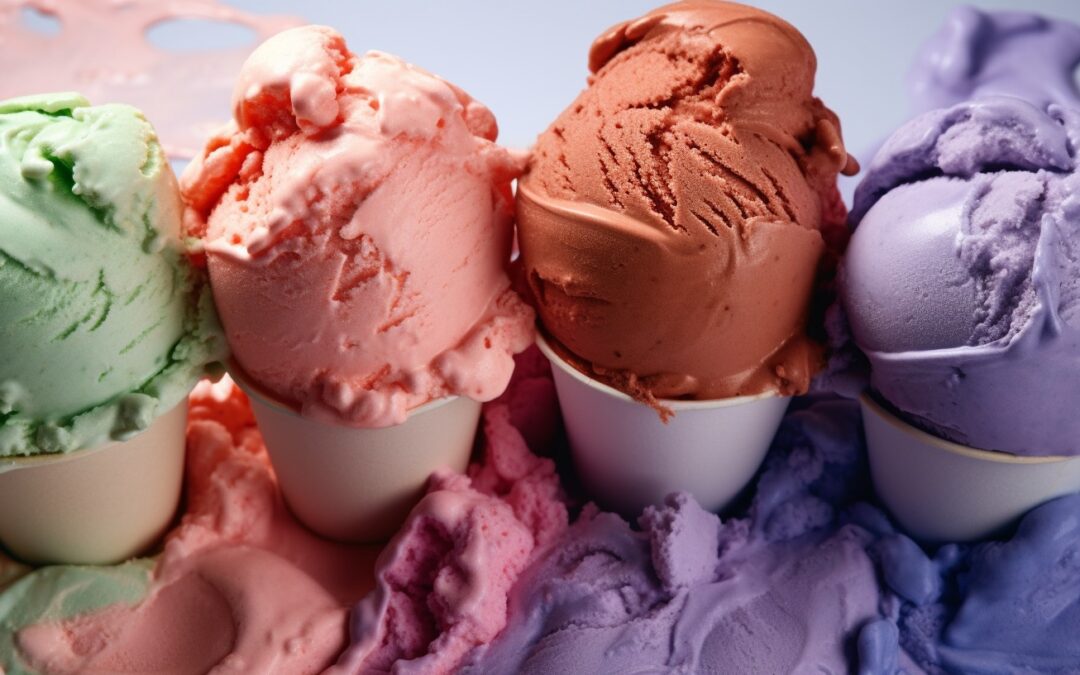
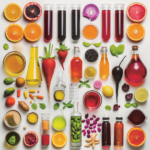
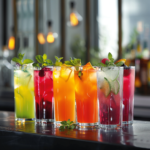
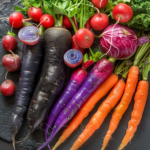
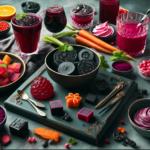
Recent Comments